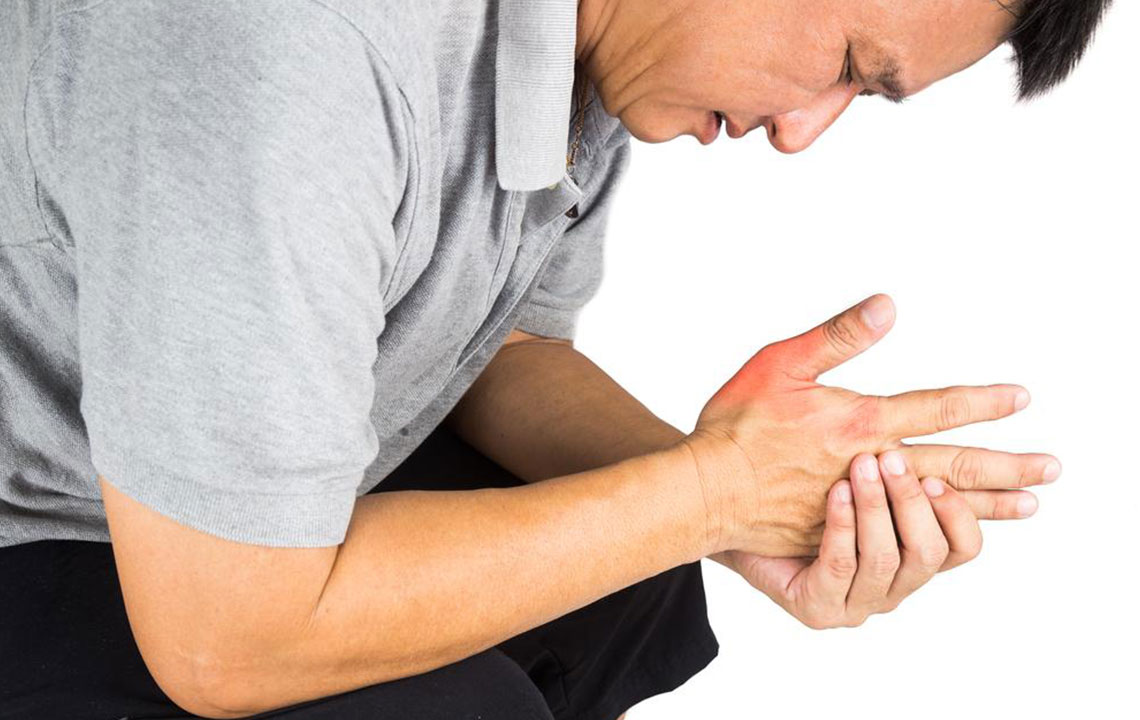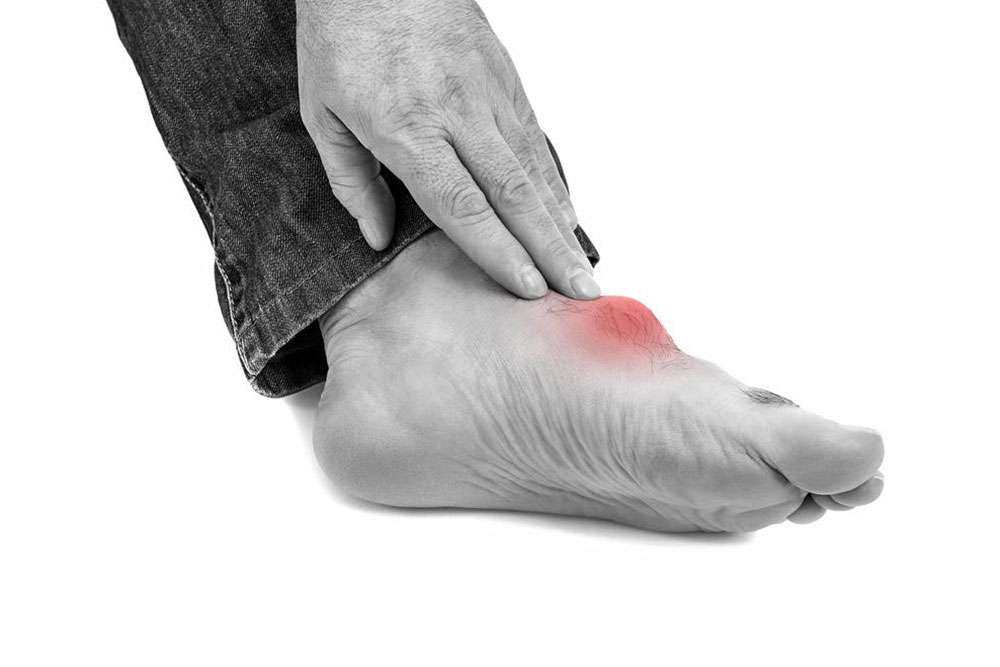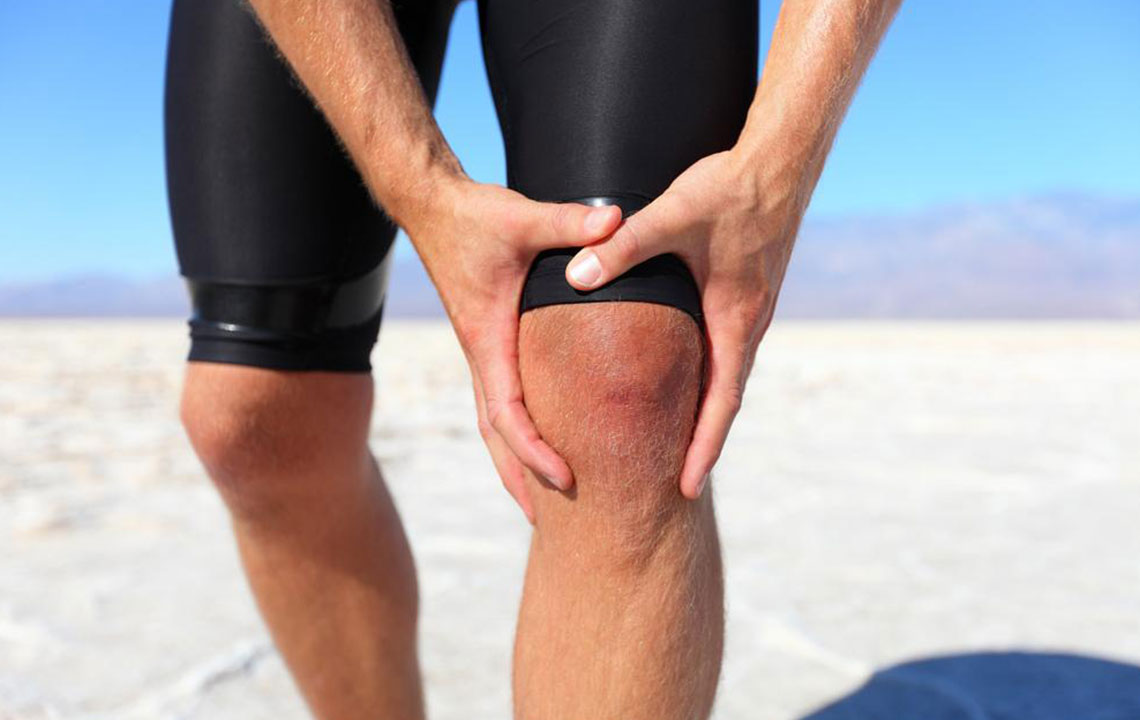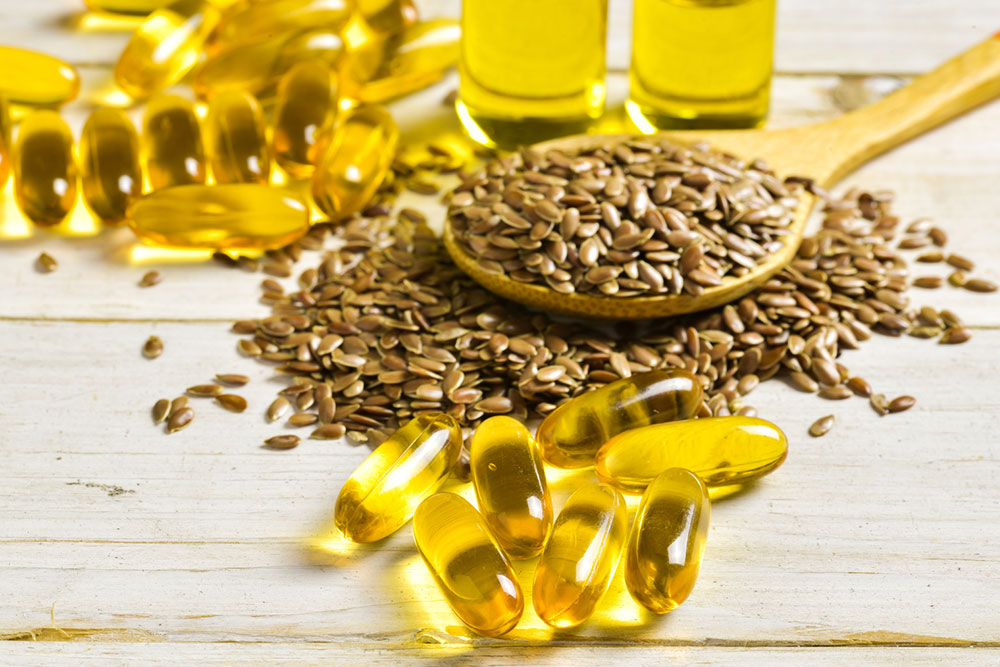Proven Immediate Techniques to Reduce Gout Pain and Discomfort
Discover comprehensive, proven strategies for fast gout pain relief, including dietary tips, home remedies, and medications. Learn how to manage and prevent gout attacks effectively through lifestyle and medical approaches, ensuring quick relief and long-term health benefits.
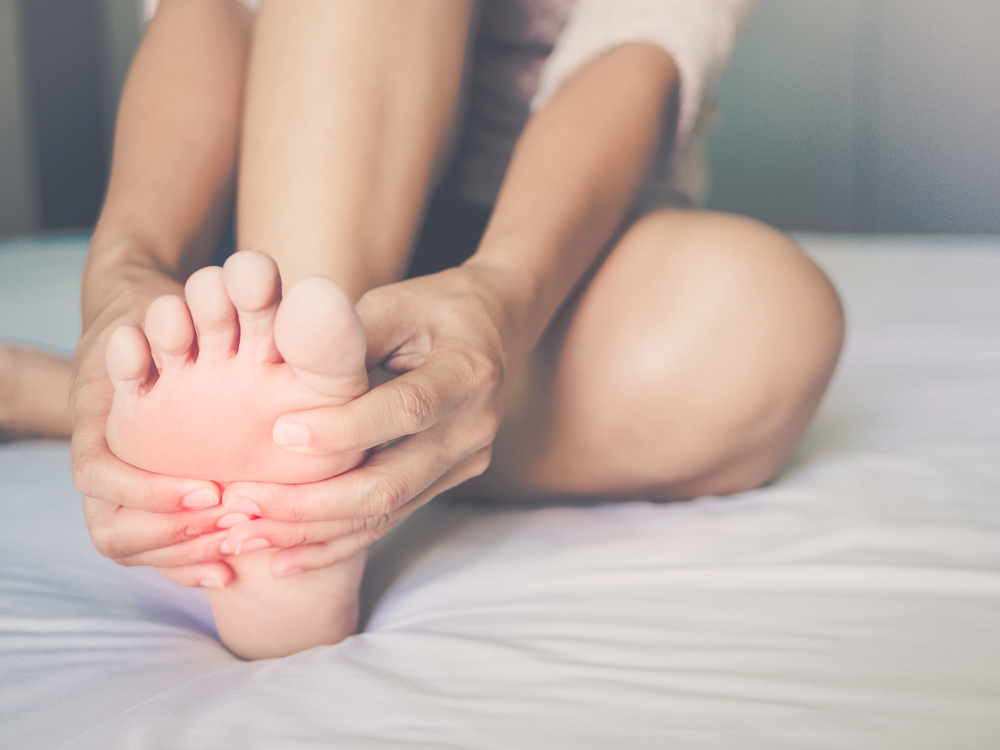
Proven Immediate Techniques to Reduce Gout Pain and Discomfort
Effective rapid strategies for alleviating gout pain
Gout is a highly painful inflammatory condition that arises due to the accumulation of uric acid crystals within joint cartilage. This condition manifests as severe pain, swelling, redness, and tenderness, often striking suddenly without warning. Understanding the causes and quick relief methods is essential for anyone suffering from gout. The core issue behind gout is a disruption in purine metabolism, resulting in excess uric acid that the kidneys are unable to efficiently eliminate. This excess uric acid crystallizes, forming sharp crystals that embed in the joints, especially in the big toe, but also in ankles, knees, elbows, and fingers. These crystals irritate and inflame the joint linings, leading to acute gout attacks that can be debilitating.
For quick relief of gout symptoms, various remedies can be employed. One popular home remedy is apple cider vinegar, recognized for its ability to help balance the body's pH levels, thereby reducing inflammation and easing pain. Mixing a couple of tablespoons of raw, unfiltered apple cider vinegar into a glass of water and consuming it daily can offer some relief. Over-the-counter non-steroidal anti-inflammatory drugs (NSAIDs), such as ibuprofen, aspirin, or naproxen, are commonly used to decrease inflammation and provide pain relief during gout flares. These medications are effective in the short term but should be used under medical supervision to avoid side effects.
Prescription medications also play a crucial role in managing gout. Drugs like Allopurinol, Lesinurad, and Pegloticase are designed to lower uric acid levels in the blood, preventing future attacks and long-term joint damage. Some of these medications require injections or are used in combination therapy depending on the severity of the condition. For immediate relief, colchicine and corticosteroids are often prescribed because they swiftly reduce inflammation and pain during flare-ups. Applying an ice pack to the affected joint can provide rapid pain relief by numbing the area and reducing swelling. However, it’s important to consult a healthcare professional for an accurate diagnosis and personalized treatment plan.
Managing diet is another critical aspect of gout control. Dietary modifications include reducing foods high in purines, such as red meats, organ meats, shellfish, and certain fish like sardines and mackerel. Increasing hydration by drinking plenty of water helps the kidneys flush out uric acid more effectively. Limiting alcohol, especially beer and spirits, can also prevent spikes in uric acid levels. Lifestyle changes, such as maintaining a healthy weight and exercising regularly, contribute significantly to lowering gout risk. For those prone to recurrent gout attacks, medical consultation for ongoing management and preventive strategies is highly recommended, along with potential lifestyle adjustments and medication adherence.
In summary, understanding the causes of gout and employing immediate relief tactics like dietary adjustments, quick-acting medications, and home remedies can significantly alleviate discomfort. Long-term management involves combining medication, diet, and lifestyle changes to prevent future attacks. By educating yourself on effective relief and prevention strategies, you can better control this painful condition and improve your overall quality of life.
